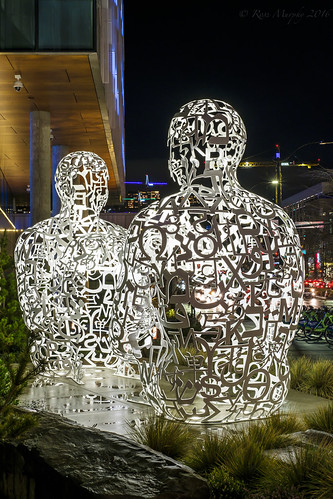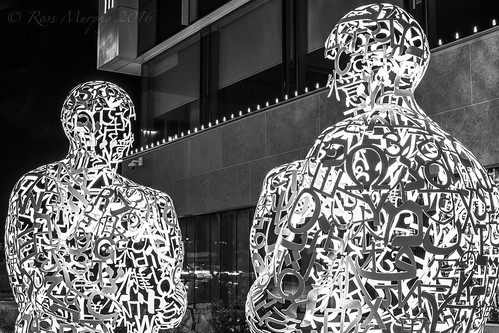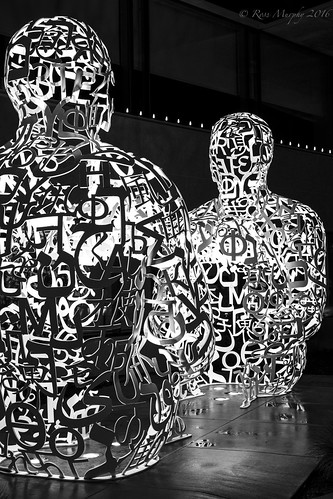Art at the Allen Institute, Lk Union, Seattle, Wa.
Fuji X-T2, XF 35 f/1.4, 1/10 sec, f/7.1, ISO 200, ACROS +R
Lightroom integration with Fuji filters is pretty seamless, just navigate to the Camera Calibration module and select your desired filter, in this case ACROS+R Filter, as seen above.


Lightroom integration with Fuji filters is pretty seamless, just navigate to the Camera Calibration module and select your desired filter, in this case ACROS+R Filter, as seen above.

Art at the Allen Institute, Lk Union, Seattle, Wa.
Fuji X-T2, XF 35 f/1.4, .4 sec, f/7.1, ISO 200, Provia
Art at the Allen Institute, Lk Union, Seattle, Wa.
Fuji X-T2, XF 35 f/1.4, 1/2 sec, f/7.1, ISO 200, ACROS +R
Once your desired filter is turned on, you can adjust to your taste. I find this quit helpful for quick adjustments. I'm not a big user of filters in Lightroom, I enjoy the process of getting the images to my desired look, however, for large batches of photos this is very useful and gives you a great place to start.
Typically I just turn on the B &W in the adjustments bar and adjust individual color channels, etc. to achieve my black and white. I must admit though using the Fuji presets can be nice sometimes. However for a more custom look using Lightroom B and W conversion is more flexible.
Typically I just turn on the B &W in the adjustments bar and adjust individual color channels, etc. to achieve my black and white. I must admit though using the Fuji presets can be nice sometimes. However for a more custom look using Lightroom B and W conversion is more flexible.
Ross



No comments:
Post a Comment
Feel free to leave your thoughts.